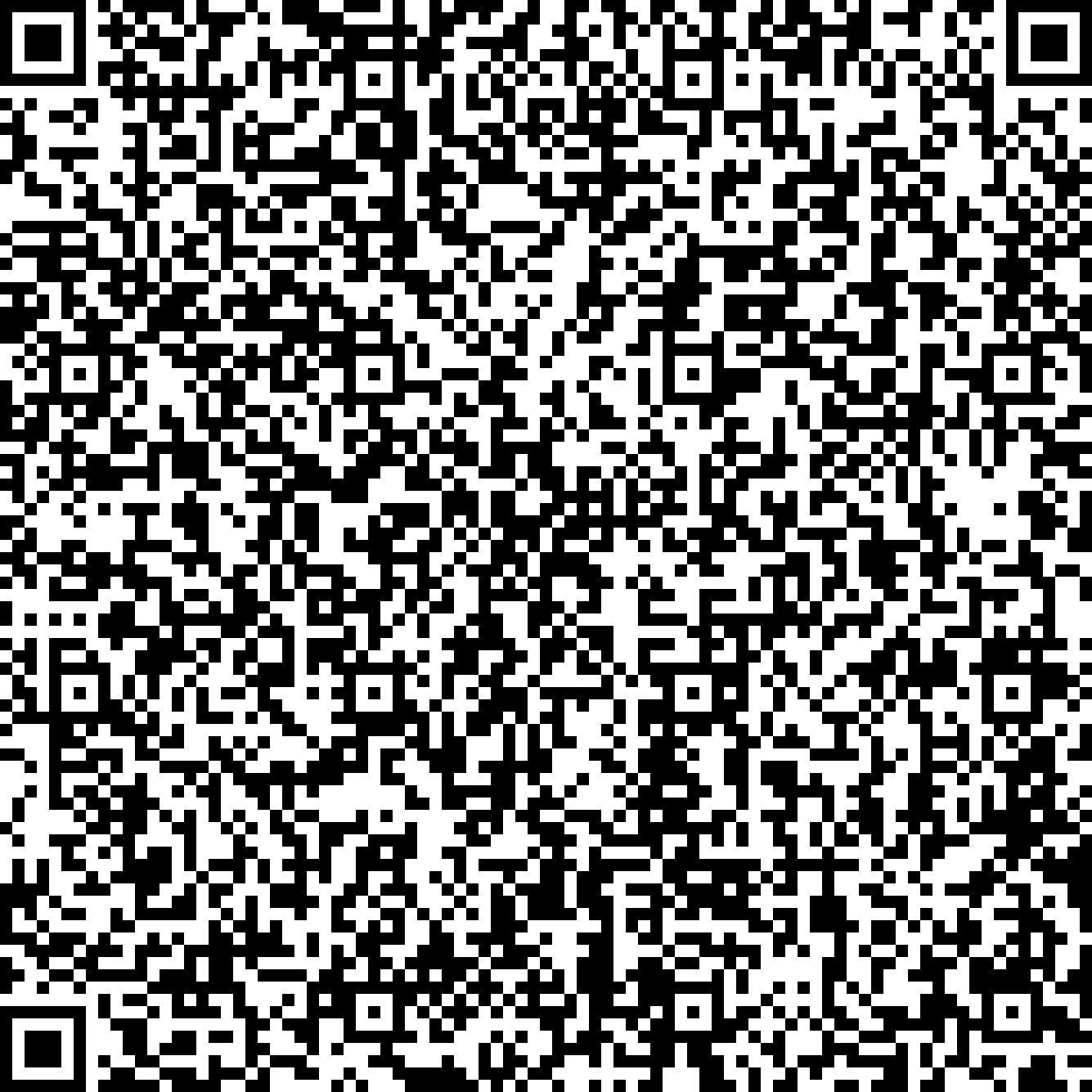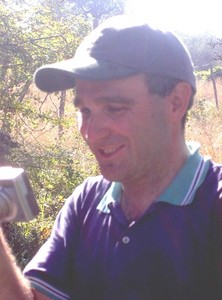


The world of nanoparticles is fascinating under many aspects, from the treatment of cancer to the development of powerful sun creams. At the same time, this world is scarcely explored. For instance, we do not know so well how a particle move on a nanostructured surface, as this motion is influenced by enormous friction forces (compared to the particle size) and our every-day understanding of mechanics does not hold. A quantitative study of the nanoparticles' motion in different environments, has now become possible thanks to atomic force microscopy (AFM). However, a nanoparticle acts like a nasty "third body" in AFM experiments, which normally exploit the interactions between a probing tip and a surface only. Here, we propose a new approach to the problem of nanoparticle manipulation. Rather than focusing on the motion of a single particle, we consider ensembles of particles, and study their collective displacement under the strong perturbation created by the probing tip. Exploiting some analogies with traditional scattering theory, we will show how important information on the particles' geometry as well as on their interaction with the underlying surface can be derived from easily measurable quantities like the "scattering angle" or the spacing between consecutive scan lines (which plays the role of the impact parameter). A comparison between an analytical formula and preliminary experimental results shows a certain agreement, which is encouraging for future developments in this direction.



The world of nanoparticles is fascinating under many aspects, from the treatment of cancer to the development of powerful sun creams. At the same time, this world is scarcely explored. For instance, we do not know so well how a particle move on a nanostructured surface, as this motion is influenced by enormous friction forces (compared to the particle size) and our every-day understanding of mechanics does not hold. A quantitative study of the nanoparticles' motion in different environments, has now become possible thanks to atomic force microscopy (AFM). However, a nanoparticle acts like a nasty "third body" in AFM experiments, which normally exploit the interactions between a probing tip and a surface only. Here, we propose a new approach to the problem of nanoparticle manipulation. Rather than focusing on the motion of a single particle, we consider ensembles of particles, and study their collective displacement under the strong perturbation created by the probing tip. Exploiting some analogies with traditional scattering theory, we will show how important information on the particles' geometry as well as on their interaction with the underlying surface can be derived from easily measurable quantities like the "scattering angle" or the spacing between consecutive scan lines (which plays the role of the impact parameter). A comparison between an analytical formula and preliminary experimental results shows a certain agreement, which is encouraging for future developments in this direction.